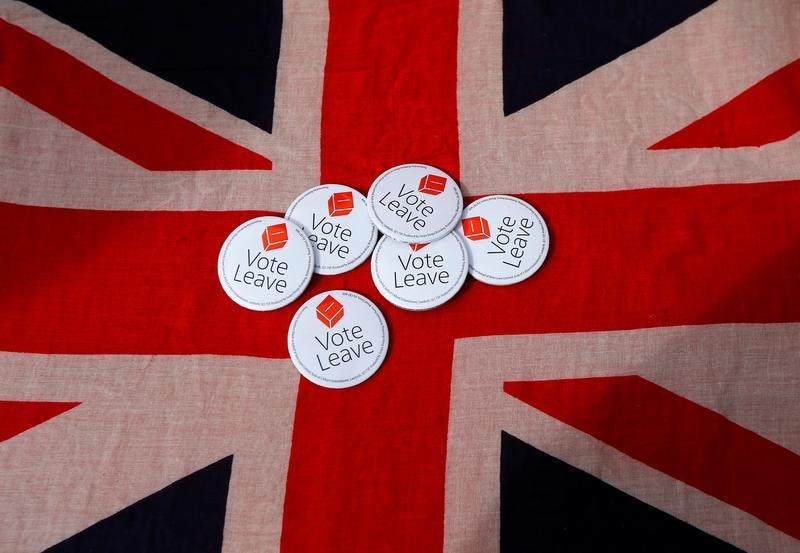(Bloomberg) -- Mark Carney’s window to raise interest rates before Brexit is closing.
As Britain draws nearer to its divorce from the European Union at the end of March with little certainty as to the economic repercussions, Bank of England policy makers with a benchmark interest rate of just 0.5 percent could be left with limited room to cut should they need to act.
There’s not much time to reload the arsenal. After voting 7-2 to leave interest rates unchanged on Thursday, policy makers are left with just seven meetings -- and only three Inflation Reports -- before the U.K.’s official departure date in which they could potentially push rates higher.
Policy makers also acknowledge that interest rates are still low enough to stoke growth and that the economy risks overheating. Despite Carney’s assurances that “an ongoing, modest tightening” is still on the cards, the Monetary Policy Committee’s decision to wait for momentum to reassert itself after weak first-quarter data now leaves economists asking if the bank will be in a position to help should Brexit go wrong.
‘‘There’s not enough time now between now and March 29, 2019 to get to a position with bank rate where they could cut from and generate a meaningful stimulus to deal with an adverse shock,” said Daniel Vernazza, an economist at Unicredit (MI:CRDI) in London.
An agreed transition period that lasts until December 2020 could provide more time for the U.K. to redefine its trading relationship with the EU, potentially smoothing economic shocks and buying time for policy makers to raise rates.
But with negotiations fraught, any agreement may come at the last minute. And it could still fall apart -- a point underlined by Carney at his press conference Thursday when he described a deal as “an assumption, as opposed to a guarantee.”
Money markets now show the probability of an August increase in borrowing costs as only about 50 percent, and a hike by the end of the year -- previously fully priced in -- at about 85 percent. That may be underestimating the chances though, according to Investec.
“They had a little bit of time on their hands to wait and see if the second quarter data bounces back,” said Victoria Clarke, an economist at Investec in London. “We suspect it probably will so there’s not too much harm done by hanging on until August.”
Even those predicting rates will increase this year see a shrinking pool of opportunities. Officials may be less keen to to raise rates at their August meeting when markets are thinner and the businesses and households Carney has pledged to prepare could be caught off-guard in the vacation period, according to Yael Selfin, chief economist at KPMG in the U.K.
“The next rise may now only take place in November,” she said. “That would make a relatively long delay in policy action due to a potential short blip in data.”
